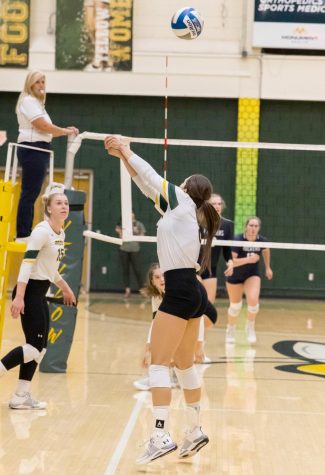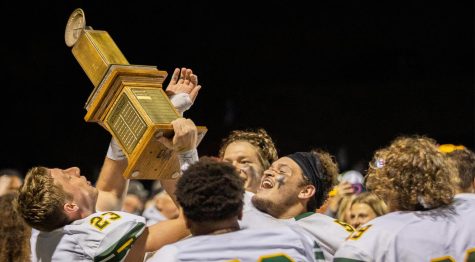A Mouthpiece For Martyrdom
In a 2006 publication titled “Al-Qaeda’s Constructivist Turn,” author Marc Lynch quotes Ayman al-Zawahiri, the current leader of al-Qaeda, in saying “We are in a battle, and more than half of this battle is taking place in the battlefield of the mediaa��we are in a media battle for the hearts and minds of our umma.”
Lynch presents a strong case for what he argues to be a constructivist policy put forth by al-Qaeda following its own structural changes. According to Lynch, al-Qaeda recognized the potential in provoking the United States and others to military action. They knew that in doing so, they could ultimately shift the reality of the region toward one of ideological conflict. A great deal of sentimental shift would be accomplished through the invasion of Iraq and the direct impact of war on the lives of the region’s Muslims. Beyond this, al-Qaeda, as well as others like them, has realized the usefulness of using media coverage to advertise their ideas, complaints, and actions.
Today, the topic of media use by terrorists is focused on the unsettlingly savvy output of ISISa�� high-quality videos. But the trend addressed by Lynch and others is more deeply rooted — it is found in the relationship between journalism and terrorism.
A theory of the dynamic between these two spheres, referred to as the symbiosis hypothesis, claims an existence of mutual benefit between the two. According to the theory, acts of terrorism benefit the media and media coverage in turn benefits the organizations responsible for those acts.
The nature of many terrorist acts matches the ideal content for news coverage in terms of attracting an audience. They are generally unexpected, aimed at recognizable targets, and instill fear and anxiety. All are factors demonstrated to attract audiences, at least to an extent. One defense offered by some in the media, as expounded on by James Walsh in his 2010 publication “Media Attention to Terrorist Acts: Causes and Consequences,” is that “terrorism is an important public policy issue and deserves substantial coverage.”
Certainly, this is true. However, what these gatekeepers in the media fail to acknowledge is the actual substance of said coverage. Careful consideration for context, history, economic and political realities are deserved through substantial coverage, not the demagogic gossip of the ignorant.
The second half of the hypothesis, that terrorist entities benefit from media coverage, was first refuted in 1992. However, as we’ve learned from al-Zawahiri, the times have changed. Terrorist organizations have a strong interest in the reporting that covers their actions. A more recent study conducted by Dominic Rohner and Bruno Frey supports this conclusion. In it, the authors affirm that these organizations rely on media coverage for dissemination of their message and identity, among other things.
Furthermore, by reporting on the stated grievances of terrorists, the media serves as a voice for their propaganda, constructing the dialogue that groups like al-Qaeda and ISIS wish to have. As a result, our media leave unspoken the realities of economic and political subjugation altogether. These are the realities crucial to understanding why ISIS and others gain followers. Meanwhile, viewers are presented with a variety of distractions from these factors, both intentionally and unintentionally.
Take for instance the notion that terrorism is a Muslim issue. Fortunately, much of the Western audience can see past this (though oftentimes the role of religion is unjustly pardoned for its role completely). Yet, the conflict is often still framed in an ideological context of opposing values. Yes, values between regions differ, and we’d have to be fools to believe that such differences would be enough to persuade individuals to leave their families to become bombs.
Fortunately, even the televised media adhere loosely to ethical guides against sensationalism. But more can be done. As Rohner and Frey note, the media could begin by abstaining from the identification of those responsible for attacks. With the hours spent on news networks discussing terrorism, more time could be spent addressing the subtleties of conflict, like the usage of the Jordan River between the Arabs and Israelis. (But of course water conflict doesn’t attract viewers unless someone is actively drowning.)
The media must acknowledge the fact that they offer something far more effective to terrorist organizations than airplanes. With careless saturation of coverage and a disregard for nuance, they offer a platform for the constructivist policy of groups like ISIS and al-Qaeda. We as an audience must also recognize this and demand a more sophisticated coverage.
















